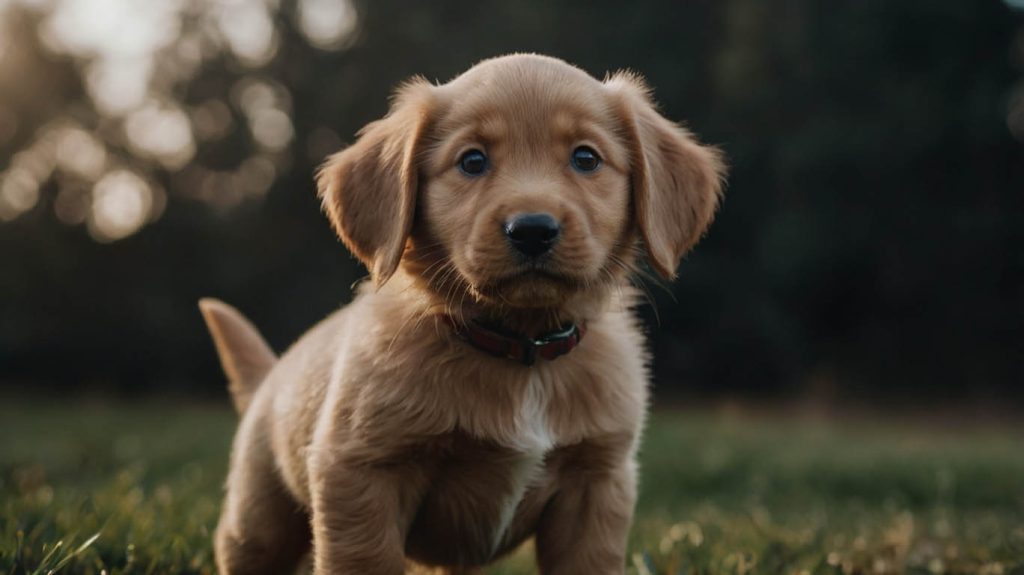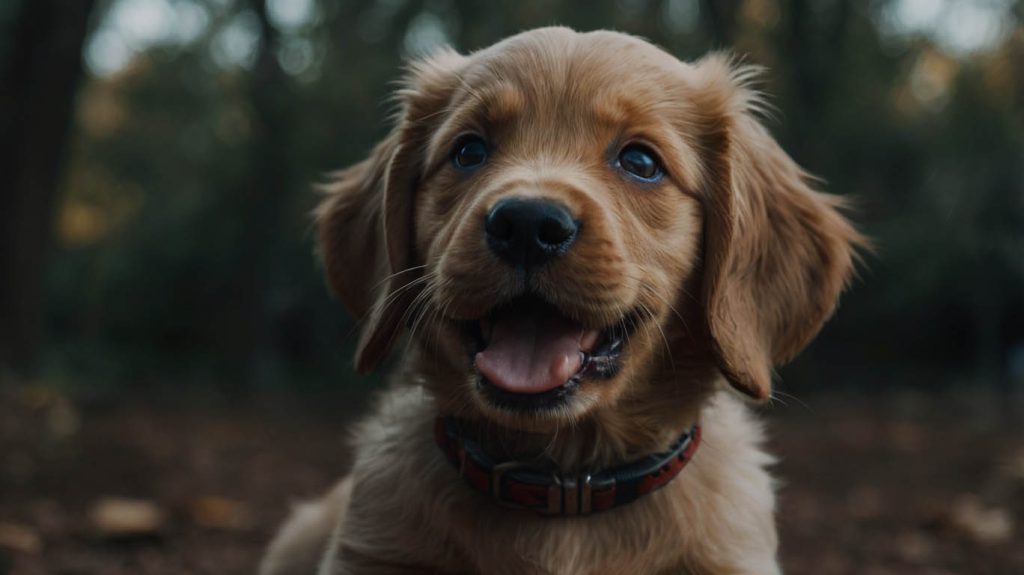Bringing home a new puppy is exciting—but also a little overwhelming. From housebreaking to basic commands, there’s so much to teach. Most training advice points to treats as the go-to tool for shaping behavior. But what if your pup doesn’t respond to food? Or you’d prefer not to create treat dependency? That’s where puppy training without treats becomes a game-changer.
This article reveals how to raise a well-behaved, confident puppy using alternative rewards like praise, play, and environmental reinforcement. You’ll learn step-by-step techniques, real success stories, and why positive, treat-free training is not only possible—it’s incredibly effective.
Why Choose Puppy Training Without Treats?
Treats are convenient, but they’re not the only motivator puppies respond to. In fact, puppies are often more eager to connect with you, explore the environment, and play than to eat.
Here are a few reasons you might opt for puppy training without treats:
- Your puppy has food allergies or a sensitive stomach
- You want to prevent long-term food dependency
- Your puppy isn’t food-motivated
- You value emotional bonding over food bribery
- You prefer building habits that last beyond puppyhood
With the right approach, your puppy will learn just as quickly—maybe even faster—without the need for constant food rewards.

Case Study: Oliver the Shy Aussie Pup
Oliver, a 10-week-old Australian Shepherd, didn’t care for treats—not even liver snacks. His owner, Sam, struggled with basic cues like “sit” and “stay.” After shifting to toy-based rewards and exaggerated verbal praise, Oliver began responding quickly. Sam introduced games like tug as a reward for recall, and soon Oliver was racing back on command. Now, at 6 months old, he performs reliably—treat-free.
Oliver’s journey proves that puppy training without treats isn’t just theory—it works in real homes, with real dogs.
How Puppies Learn Without Treats
Training is about creating associations. When a behavior leads to something positive, it’s more likely to happen again.
Even without food, you can use:
- Praise – enthusiastic, consistent, and well-timed
- Play – fetch, tug, chase, or hide-and-seek
- Affection – belly rubs, head scratches, calm petting
- Life rewards – opening the door, going for a walk, playing with another dog
The trick is making these non-food rewards feel just as valuable as a treat.
Building a Training Foundation Without Food
Step One: Know What Motivates Your Puppy
Some pups love squeaky toys. Others go nuts over praise or a short game of tug. Identify what excites your pup the most and use it as a reward.
Ask yourself:
- What gets their tail wagging instantly?
- Do they follow you around for affection or attention?
- Do they drop everything to chase a toy?
That’s your puppy’s currency.
Step Two: Use a Verbal Marker for Reinforcement
Even without a clicker or treat, a marker word helps the puppy know what behavior earned the reward.
Choose a word like:
- “Yes!”
- “Good!”
- “Nice!”
Use it immediately after the correct behavior, followed by the reward of your choice—praise, play, or a favorite toy.
Using Praise as Your Puppy’s Main Reward
Praise is your most accessible tool. But it must be enthusiastic, clear, and immediate.
✅ Use a joyful tone
✅ Pair it with a pat or smile
✅ Celebrate small wins
✅ Be consistent with words and energy
Example: When your puppy sits on cue, say “YES! Good sit!” and follow with play or affection. The energy of your praise becomes the motivating force.

Practical Commands for Puppy Training Without Treats
Teaching “Sit” Without Food
- Hold a toy or your hand above your puppy’s head.
- As their rear touches the ground, say “Sit.”
- Immediately mark the behavior: “Yes!”
- Reward with a short play session or praise.
Repeat in short sessions to reinforce the habit.
Teaching “Come” Without Treats
- Call your puppy with an excited voice.
- Open your arms, crouch, and clap to invite them.
- When they arrive, shower them with affection or tug play.
- Practice indoors and then in safe outdoor spaces.
Turning recall into a fun game builds speed and consistency.
Teaching “Stay” Without Food
- Ask your puppy to “sit” or “lie down.”
- Hold a flat palm toward them and say “Stay.”
- Step back briefly, then return.
- Reward with affection or a favorite toy.
Slowly increase the distance and duration.
House Training Without Treats
Rewarding with access can be just as powerful as food.
- Take your puppy to the potty spot.
- When they go, mark the behavior (“Good potty!”)
- Let them play outside as a reward.
- Skip treats—instead, give praise and freedom.
This method avoids the “fake pee for treats” habit many puppies develop.
Turning Real-Life Rewards into Training Tools
Daily routines offer constant training opportunities.
| Behavior | Life Reward |
|---|---|
| Sitting calmly | Leash gets clipped on |
| Waiting by door | Door opens |
| Coming when called | Access to garden |
| Staying in bed | Cuddle time begins |
Every interaction is a chance to teach.
Common Mistakes in Puppy Training Without Treats
❌ Inconsistent praise or cues
❌ Delayed responses
❌ Low energy when praising
❌ Relying only on tone without body language
❌ Expecting instant results
Remember: Enthusiasm + repetition = success.
Case Study: Luna the Toy-Loving Terrier
Luna was hyper and distracted—treats made her more excited, not focused. Her owners switched to toy-based rewards, using tug after commands. Soon, “Come” became a race, and “Stay” meant she’d earn another toss. Luna’s recall is now flawless, even at the park. And her treat pouch? Packed away.
FAQs
Can you really train puppies without any treats?
Yes! Praise, play, and real-life rewards can be just as motivating.
What if my puppy only responds to toys sometimes?
Use toys selectively. Keep them exciting by rotating and limiting access outside training.
Will treat-free training take longer?
It depends on your consistency. Some puppies actually learn faster without food distractions.
What’s the best age to start no-treat training?
Start as early as 8 weeks. Puppies respond well to voice and movement-based rewards.
Can I mix treats and non-treat rewards?
You can—but ideally, use treats as a backup, not the default. Transition away over time.
Conclusion: Treat-Free, Stress-Free Puppy Training
Puppy training without treats isn’t just possible—it’s rewarding, sustainable, and deeply relationship-driven. By focusing on trust, praise, play, and daily interactions, you’ll raise a pup that listens out of love, not habit.
So ditch the treat pouch, grab a toy, and start building lifelong habits rooted in fun, focus, and connection.


